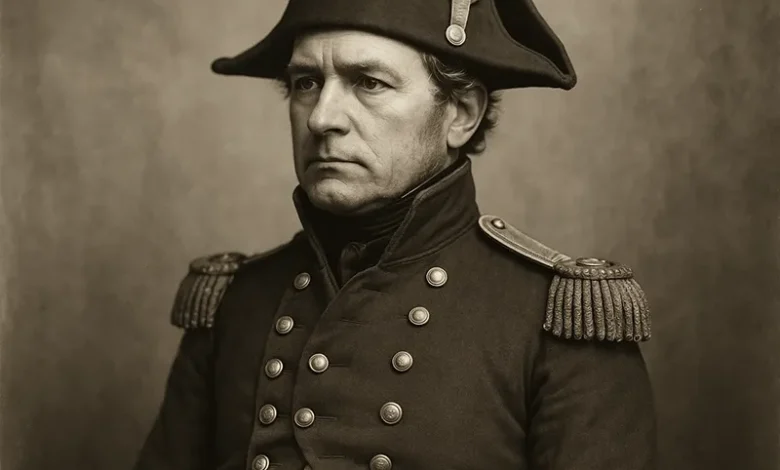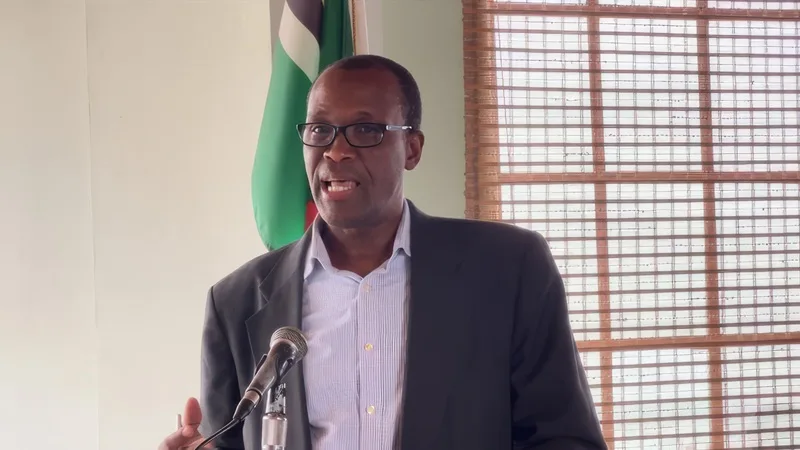Captain James Bruce role in Dominica

Captain James Bruce of the Royal Engineers was a distinguished military engineer assigned to Dominica during the late 18th century. Though personal birth and death dates are undocumented in public sources, his impactful contributions to the island are well recorded through maps, plans, and on-site structures.
Origins and Early Career of Captain James Bruce
James Bruce hailed from Britain and served as a captain in the Royal Engineers. His tenure in Dominica began after British control was affirmed following the 1763 Treaty of Paris. Records indicate that by March 1770, he was preparing reports for London, detailing strategic defence recommendations and engineering plans for the island. His expertise in military fortification was a decisive factor in reshaping Dominica’s colonial defence systems.
Central Role in Dominica’s Fortifications
Bruce is best known for his design and execution of key defensive positions around Roseau. He oversaw the construction of the Morne Bruce Garrison, formerly known as Guye’s Hill, commencing in 1771. Situated on elevated terrain, this site was equipped with cannons, serving as a lookout and a communication point. As the lead engineer for this project, he ensured its integration into a larger defensive network, which included signal stations and support batteries.
Notable Projects and Achievements
Under Bruce’s direction, several critical installations were completed:
- Morne Bruce Garrison: Built to defend Roseau’s invasion routes, complete with trenches and artillery placements.
- Fort Young Expansion: He extended its walls and installed up to 17 cannons, reinforcing its role as the central coastal defence during the 1770s.
- Melville Battery (Kings Hill): Designed to guard the southern approaches, this position formed part of a layered defense that connected with other inland fortifications.
- Fort Cachacrou and coastal signals: Bruce also planned portside signal points along the west coast, ensuring rapid defensive communication between key sites.
Lasting Legacy
James Bruce’s legacy survives in place names and surviving fort structures. The plateau once occupied by the Morne Bruce Garrison now hosts the police training school, featuring remnants of barracks and cannon placements. Fort Young’s military enhancements still shape its layout, even though much of its structure was destroyed by hurricanes in the 19th century. Melville Battery remains identifiable through its earthworks in the Kingshill area, offering residents and visitors a window into Dominica’s colonial defence era.
Captain Bruce’s engineering work strengthened Roseau’s defences and influenced settlement patterns, road alignments, and administrative site planning. Over two centuries later, his designs continue to define Dominica’s geographic and historical landscape.




